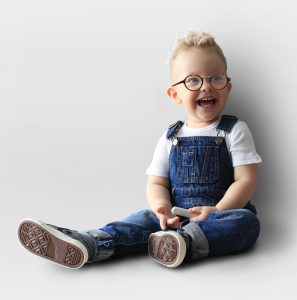
Written By: Carla Pister, PT
Ever wonder if a head tilt is vision-based versus muscular-based?
Are there days when you feel like all you see are kids with torticollis and head tilts?
Do you have trouble remembering which kids tip left and which kids tip right?
Ever notice that some kids on the autistic spectrum look at you with their head tilted? Sometimes they might even tip their head when they are lining up things like cars, dinosaurs and spiders.
The latest PT Guidelines for treating torticollis mention assessing vision on all initial evaluations….did you ever learn how to do that?
What would you do if you thought there might be a vision basis for your patient’s head tilt?
Reasons to Refer your Patient with a Head Tilt to a Pediatric Optometrist:

1. A true torticollis head tilt does not change from day to day and is consistent in all positions. If your patient’s head position changes, then ruling out a vision basis is essential.
2. If your patient alternates from side to side with their head tilt.
3. If the head tilt changes depending on if things are near or far.
4. If you take a picture of the patient and their head is straight but their eyes are misaligned.
5. Even if the patient has seen an opthamologist and acuity issues have been ruled out, this does not mean that your patient might not benefit from prism glasses to correct their head position.
6. You have been treating a patient with a head tilt for several months with little to no improvement in their head position.
7. All states have an InfantSee program. Under this program, AOA member optometrists provide no-cost comprehensive eye and vision assessment for infants 6-12 months regardless of a family’s income or access to insurance coverage. Go to infantsee.org to find an optometrist near you.
8. When in doubt, refer!
For more FAQ’s, check out my website, carlapister.com, or attend one of my online or live classes: A Vision Based Approach to Torticollis or Evidence-Based Strategies for Infant Positioning and Handling.
